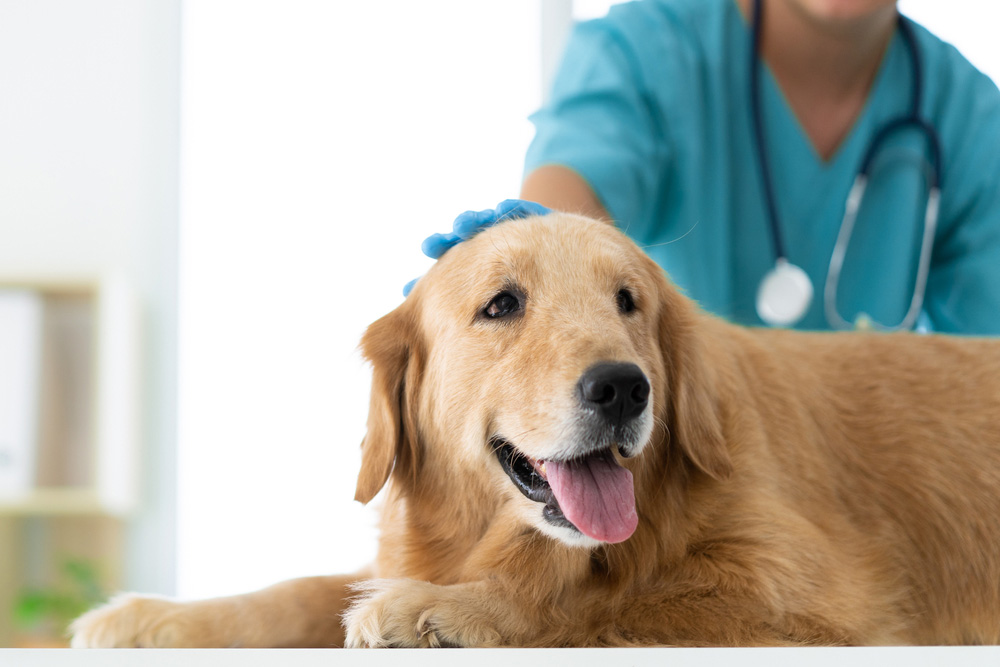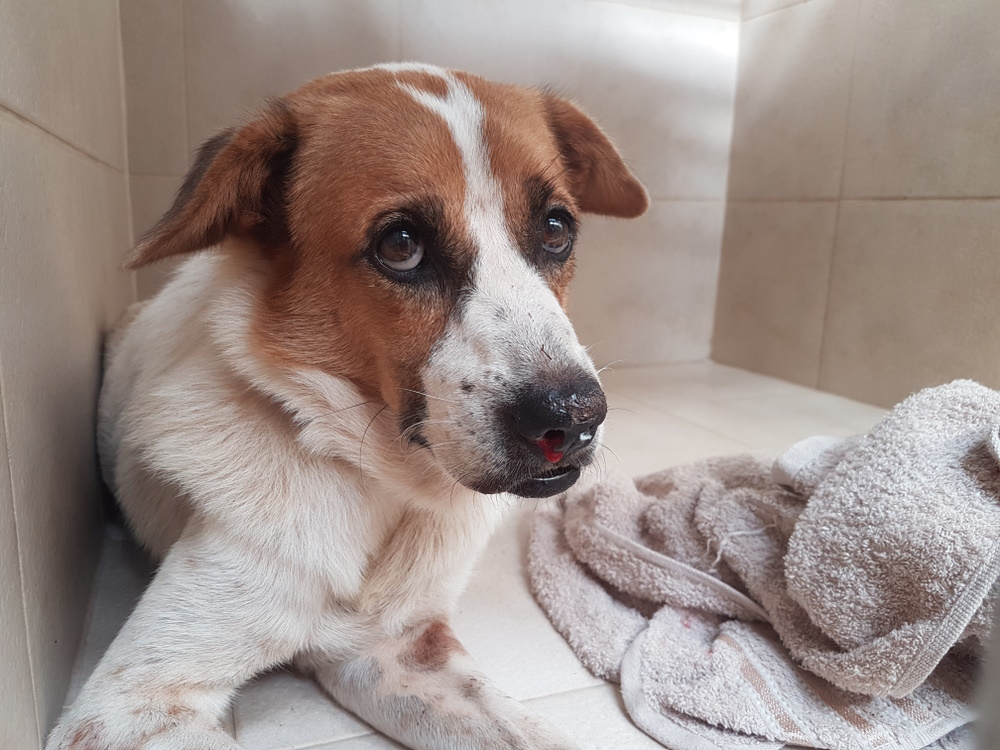Click Below to Skip Ahead
Anemia is common enough in humans that a lot of people have some knowledge of it. But how does it occur in dogs? Does it? How would anyone even know if their dog was anemic?
Hopefully, this article will answer some of those questions and give you a good understanding of how anemia in dogs occurs and what to do about it.
What is Anemia?
Anemia is when there are not enough red blood cells in the arteries and veins. It is a generic term that describes a medical condition but is not a specific disease. In fact, numerous diseases and even injuries can cause anemia.
Red blood cells carry oxygen to the body’s organs and carbon dioxide away from them. Without enough red blood cells, the organs start to suffocate and consequently malfunction. If it gets bad enough, the organs can start to die.
When there are not enough red blood cells, the blood can either become diluted or the total blood volume can be decreased. For example, if you have a glass of lemonade, and there isn’t enough sugar in the water, it will be diluted. But if you pour out half of the liquid, it will also not be right. Both cases of red blood cell loss can be devastating.

What Are the Signs of Anemia?
You might not know your dog is anemic until they are diagnosed at the vet, especially if it is not severe yet. However, if you notice any of the following signs, your dog needs a physical exam.
- Pale pink or white gums
- Panting excessively
- Lethargy or depression
- Lack of energy
- Weight loss
- Collapse
- Blood in the nose, stool, or urine.
What Are the Causes of Anemia?
Anemia is caused by three main categories that describe how the anemia occurs. Dozens, if not hundreds, of diseases and injuries can cause anemia. Finding out the cause is the first challenge in the medical condition.
1. Bleeding
Bleeding, also known as blood cell loss, can occur when a dog bleeds outside their body or internally. Either way, if they are losing too many red blood cells from their arteries and veins, their organs struggle to function as a result.
- External blood loss can be from a laceration or a cut, causing this type of anemia. Parasites can also cause this type of anemia, like too many fleas or gastrointestinal parasites sucking on a dog’s blood.
- Internal blood loss can also occur when a dog bleeds internally. The blood collects in numerous spaces in the body, such as the abdomen, GI tract (stomach, intestines, colon), and lungs. Wherever they bleed, the blood is not in their arteries and veins—where it needs to be.

2. Blood Cell Destruction
Many diseases can cause blood cells to be damaged or destroyed. Infectious agents can infect the blood cells and cause them to die or become damaged. The body can develop an autoimmune disease where it destroys its own red blood cells. Cancer also can damage or destroy red blood cells.
3. Blood Cells Not Being Made
Iron deficiency anemia is the most common cause of this type of anemia, or perhaps the most famous. Because red blood cells need iron, the body cannot make enough functional red blood cells if a dog does not get enough.
However, this type of anemia can also develop if there is a disease or a problem where red blood cells are made (in the bone marrow and immune system).
- Iron deficiency
- Cancers of the immune system
- Kidney disease
- Bone marrow disease
How Do I Care for a Dog With Anemia?
A dog with anemia needs a veterinary diagnosis immediately. Take your dog to the vet as soon as they can see you. Without knowing the cause of the anemia, no treatment will help all the different types. And without a diagnosis and immediate proper treatment, your dog can die.
A vet will examine their mucous membranes, gums, and eyelids’ insides to objectively assess their anemia.
Then, they will do some blood tests, a packed cell volume or a complete blood count, for example. Both measure the amounts of cells in the blood and can objectively determine how severe the anemia is. They may also be able to get more information about the disease process with these tests but will probably have to perform more diagnostic testing.
Frequently Asked Questions (FAQs)
Will a dog recover from anemia?
This will depend entirely on what caused the anemia to begin with. Anemia is not a disease but a symptom of disease. Simple-to-fix problems, such as mild iron deficiency in the diet, can be easy to fix. But more complex diseases such as cancer can be deadly. There is no simple answer.
Is a dog with anemia in pain?
Anemia does not cause pain, but some of the side effects of it may. For example, if organs start to shut down because of a lack of oxygen.
Either way, a dog with anemia will not feel good. They may feel weaker and breathe too fast. They may even collapse. So, while anemia may not be painful, it is not harmless and needs immediate relief.

Will feeding my dog red meat and iron fix their anemia?
Probably not. Most dogs today receive excellent, well-balanced diets, especially if they are on a commercial diet. Therefore, if your dog has undiagnosed anemia, it is probably not that simple. Even iron deficiency anemia can be caused by other diseases that usually need treatment, and the anemia is secondary to that main cause and needs veterinary diagnosis and treatment. Anemia is too dangerous of a disease to leave it to heal with diet alone at home. Anemia in dogs needs a veterinary diagnosis and treatment.
Conclusion
Anemia can be confusing because so many things can cause it. And while it can also occur in humans in much the same way, it can be complicated in dogs because they can hide it so well. And unfortunately, because an anemic dog can suddenly become severely compromised, it is not something that can be monitored at home and needs veterinary treatment.
You may also be interested in:
- Bronchitis in Dogs: Signs, Causes, & Treatment (Vet Answer)
- Pedialyte for Dogs: Is It Safe? Vet Approved Health & Safety Guide
Featured Image Credit: Itay Kabalo, Unsplash











